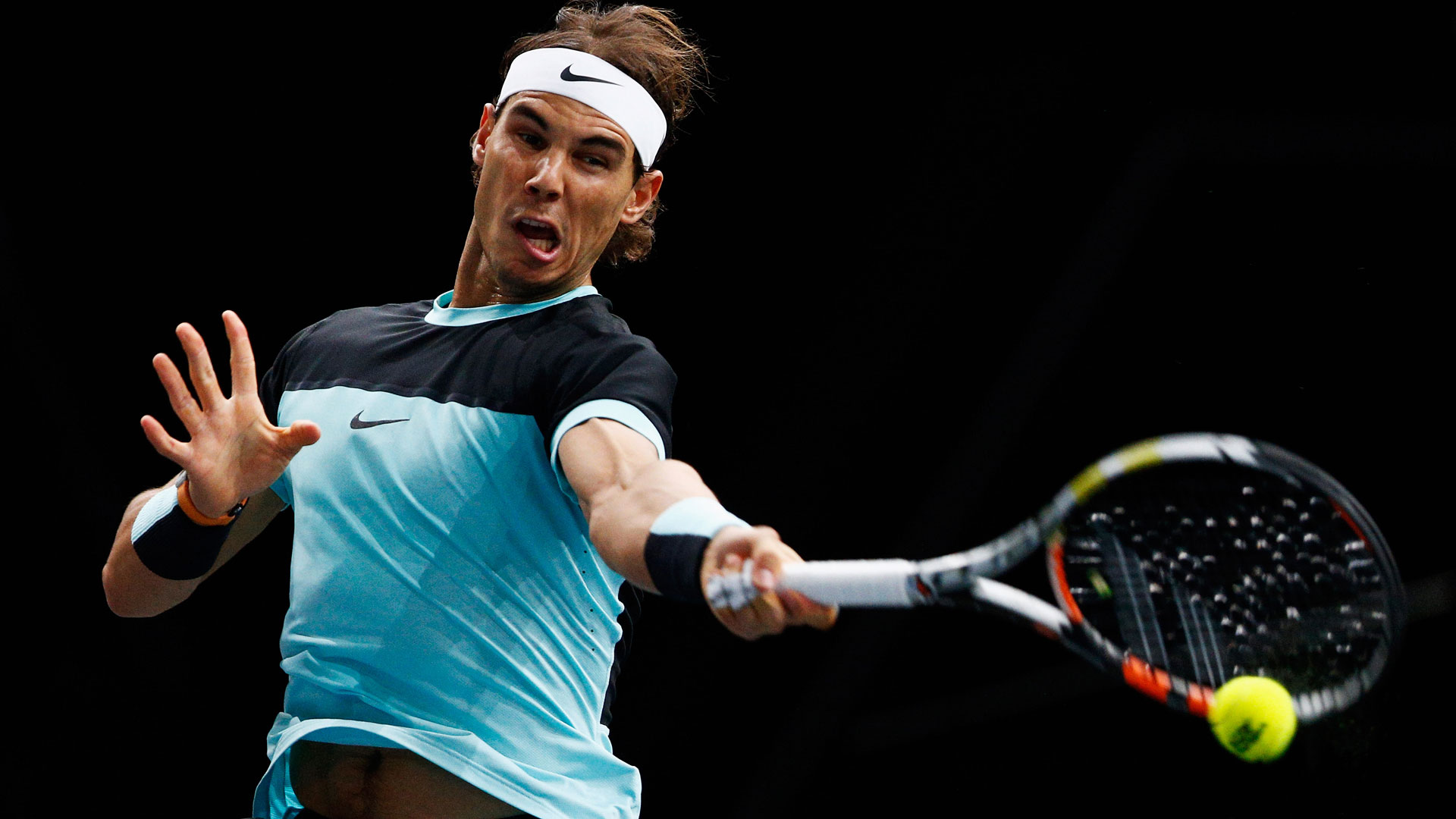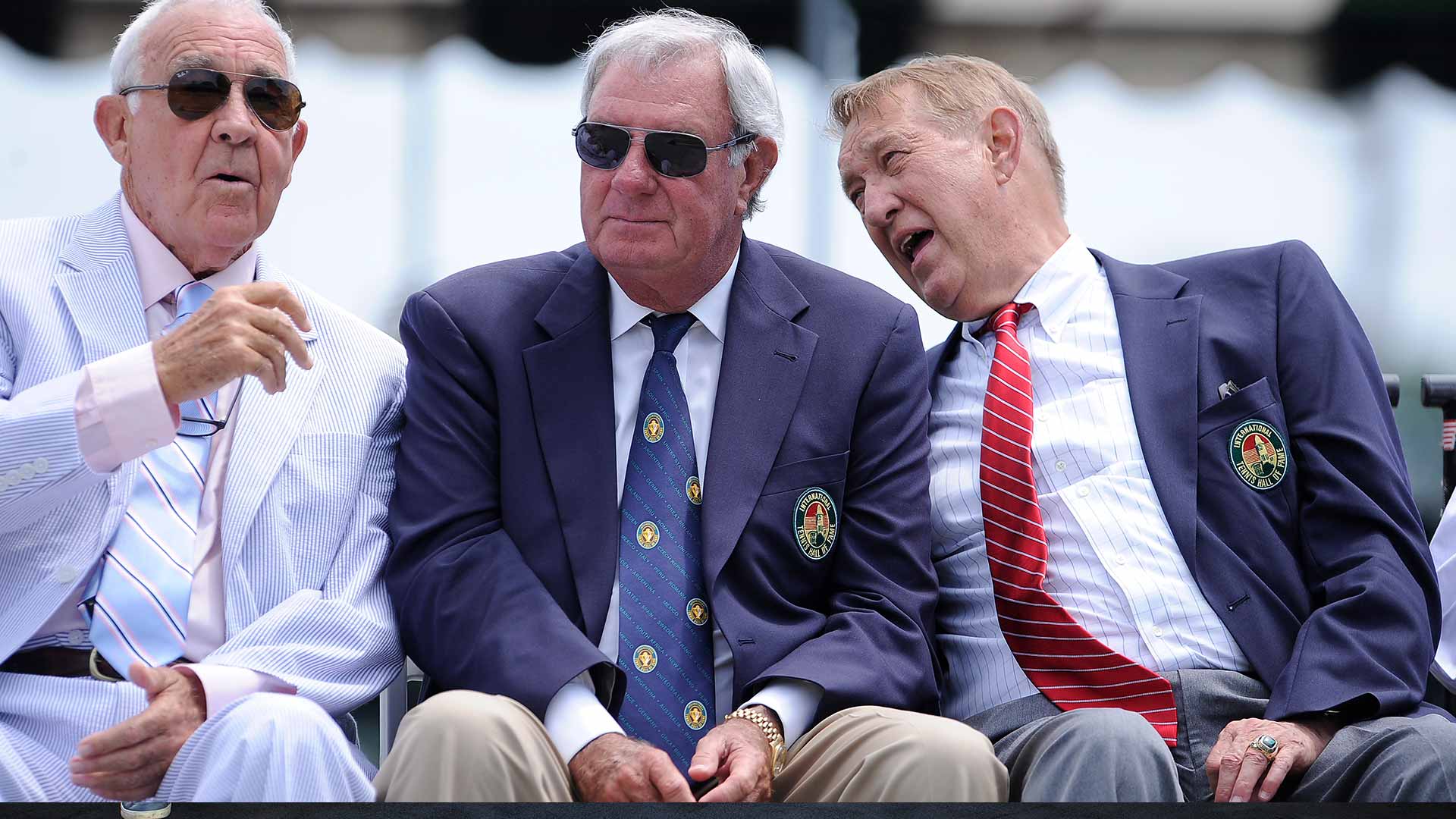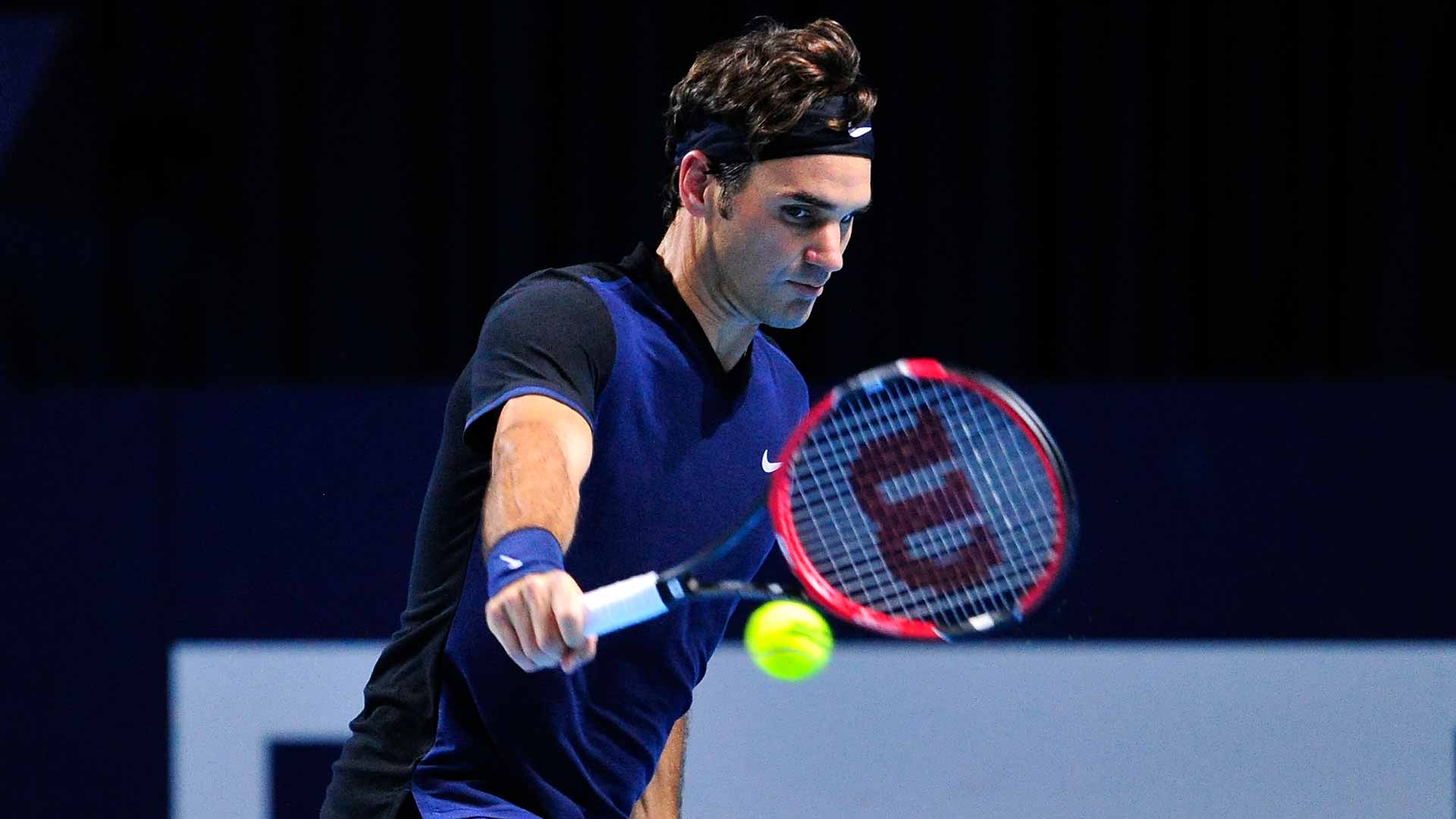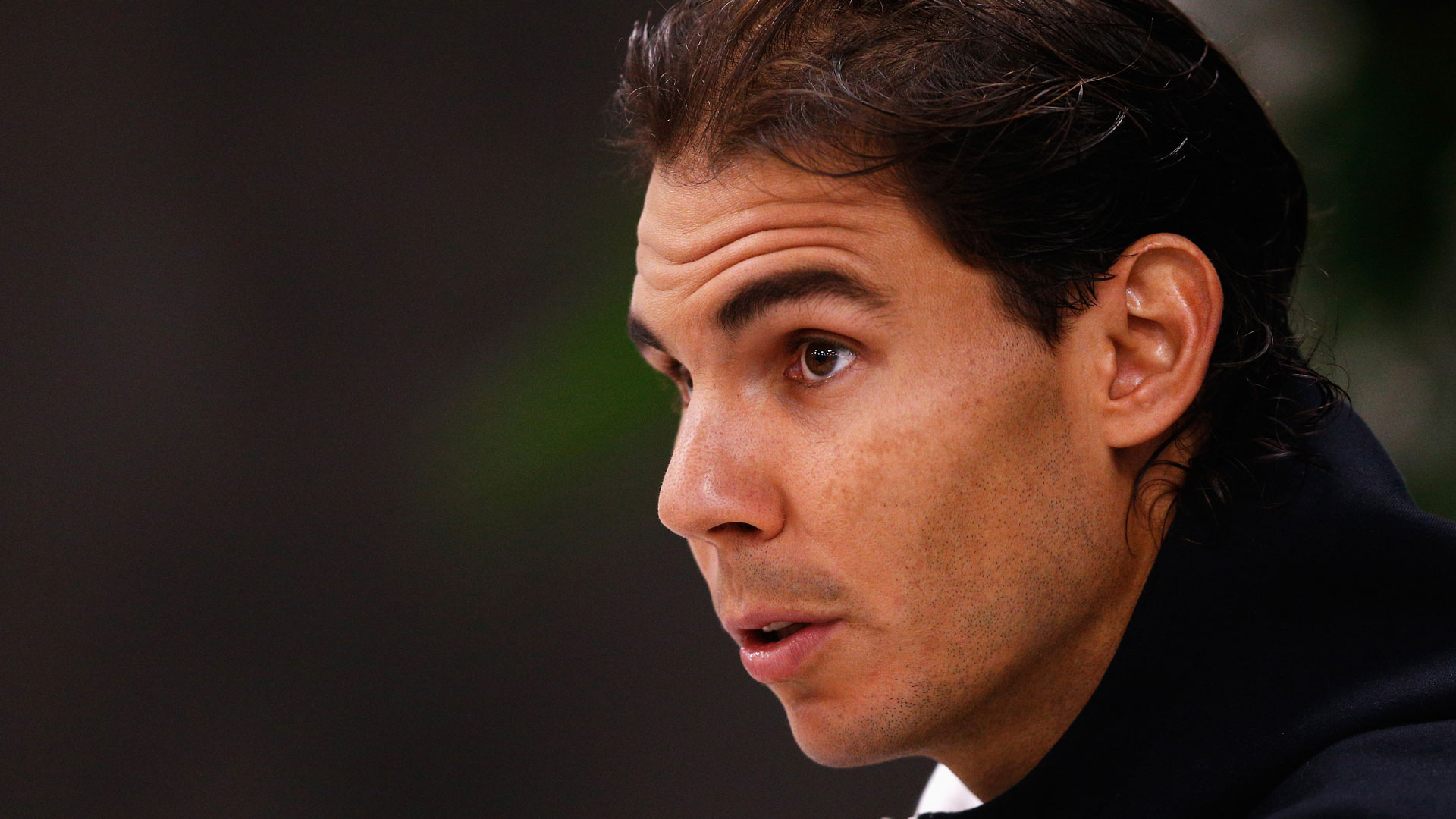In 1960, Mike Davies had only been a pro for a few months and the lean young Welshman was just coming to terms with sharing a locker room with his idols. Lew Hoad and Ken Rosewall were in that corner; Pancho Gonzalez and Pancho Segura – just about the only man who wasn’t scared to death of big Pancho – were in the other.
The locker room was at Wembley’s Empire Pool where Jack Kramer staged one of the biggest events on a tour that was keeping pro tennis alive in the dark days when anyone accepting money for playing the game was banned from Davis Cup and all the Grand Slam Championships.
The Impact Of Mike Davies
Mike Davies and I went out into the arena and watched Tony Trabert, former French, Wimbledon and US champion, playing another of the new recruits Kramer had picked off from the amateur game. And he started talking. The Welsh accent was stronger then and the ideas were just formulating in the expansive mind of this visionary who would start changing the way tennis was played sooner than even he could have imagined.
Davies talked of world-wide tours, linked by a points system that would have the top eight finishers playing in a Grand Final, televised across the globe to determine who would become recognized as the greatest player in the world.
I had known Mike for a while and had covered some of his Davis Cup matches and spats with authority which were fairly frequent because this young firebrand, who had left school in his native Swansea at the age of 15, was never afraid to tell the amateur officials what he thought. But this was the first time that I viewed him as a future leader of the game. The drive, passion and ideas were already in place. Maturity and the ability to develop them would surely follow.
When Kramer stepped aside from running his tour and Trabert took over, Davies was immediately singled out, along with Butch Buchholz and Barry MacKay, as players capable of taking on administrative positions. But the game was changing fast and, by 1967, Lamar Hunt had become involved, buying out a partner and taking full control of his new World Championship Tennis tour.
Hunt, already deeply involved in American football and soccer, needed a CEO and, after asking around, went out on a limb by appointing Davies.
“Suddenly I found myself lunching with oil millionaires at the Petroleum Club in Dallas,” Davies told me. “I tried to say as little as possible and they thought I was intelligent!”
Mike’s self-deprecatory humor was always one of his most engaging characteristics but he already knew what he wanted to do with Lamar’s baby. After forming what became known as “The Handsome Eight”, the full WCT tour soon was up and running, with Davies organizing three tours, the Red, Blue and Green groups, were carefully divided up so that each had their fair share of top players.
Only occasionally did Davies have to change his original selection. Once, on receiving details of the Red Group for which he had been selected, Laver called Mike in horror. “Mate!” he exclaimed. “I’m the only Aussie in the group. Who am I going to drink with?”
So Colin Dibley was hastily transferred from the Blue group to keep the Rocket company in the evenings.
Davies may have lacked higher education but he was street smart and knew how to deal with free loaders. An acquaintance who ran a string of hamburger joints in Dallas called him up shortly before the first WCT Finals and asked for half a dozen free tickets. “Sure, no problem,” Davies replied. “And, I tell you what, I am having some people round for a barbeque on Friday evening. Come a little early. And bring the meat.”
At one of his first promotions, tickets were selling slowly and Mike told me, “You know what? I’m almost inclined to close the stadium and play the first day behind closed doors. They’d be lining up if I did that. Keep people out and they want to get in.”
The WCT Dallas Finals, played originally at Moody Colosseum and later at Reunion Arena, set new standards for how to stage and present a top class tennis event. Of course, he had Hunt’s money to play with but Mike’s ideas did not cost much. He just wanted colored clothing and yellow balls and 90 seconds at changeovers which, of course, was a money spinner because it allowed NBC, the first major network to cover tennis, time to get in their commercials.
Davies became fascinated by television and, by watching and listening, was soon able to produce his own programs for WCT.
After 13 years, the pressure started to tell and Davies needed a break. But Butch Buchholz, then CEO of the ATP, soon coaxed him back into the sport and, ironically, it was Davies who took over from Buchholz a couple of years later. Mike’s marketing skills ensured that he took the Association from near bankruptcy to having $1 million in the bank. In a move for which every pro who has played since should be grateful, Davies also launched the Player Pension Plan.
In 1987, Davies ‘crossed the aisle’ and joined the International Tennis Federation as director of Marketing in a move that turned out to be highly beneficial, both to him and his employers.
If, as he has suggested, David Haggerty, the new President of the ITF, is looking for a new Davis Cup format, he needs only to look at what Davies circulating to interested parties a few years ago. It is a format that centers on a two week Davis Cup finals, involving eight teams and the detail is such that Mike could tell you which team would be playing on which court at what time before the event even started.
That was typical. Mike Davies spent a life time trying to work out ways to make the game he loved better. Happily for tennis, he succeeded.







